Every holidaymaker heading towards the Mediterranean knows the name Perpignan, yet almost no one has actually been there. People travel for the beaches, the blue waters, and of course, the climate. This is the prevailing image as we prepare to journey to the south of France. In this blog, we demonstrate that a visit to the city of Perpignan can enhance your holiday joy. Strolling through the colourful streets of the old town, you will discover unique shops and beautiful squares. Use our top 5 highlights to ensure you don’t miss the most charming spots in this historic city. Perpignan is certainly worth exploring.
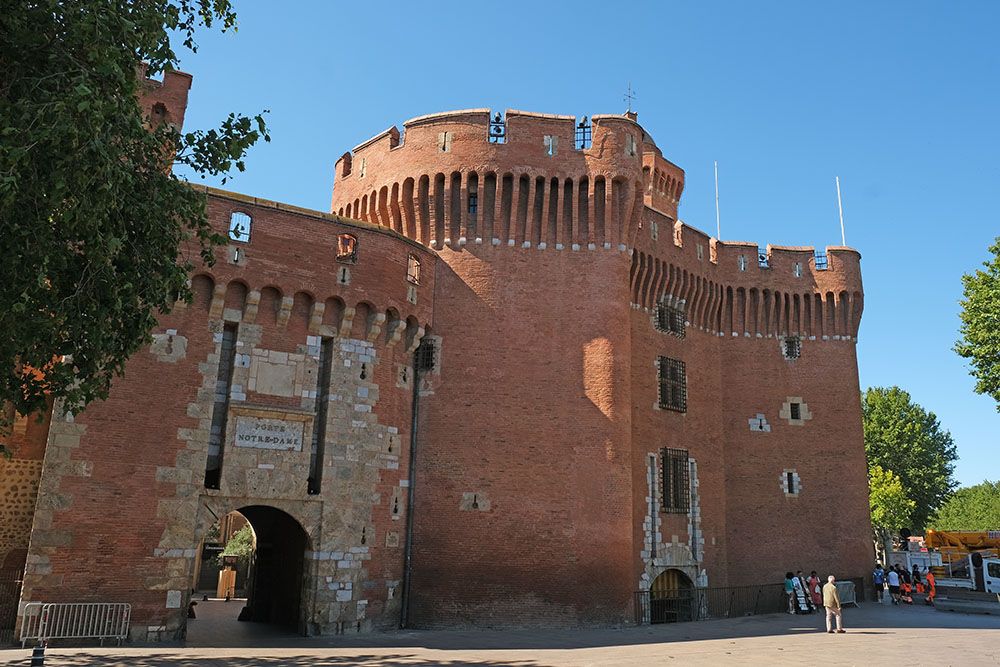
Historic Perpignan: Centre of the world?
Since Roman times, Perpignan has played an important role in the region. As the capital of the Kingdom of Catalonia, the city was a significant trading hub. The palace of the King of Mallorca still stands like a fortress above the city. Its strategic location at the foot of the Pyrenees makes Perpignan a crossroads of cultures.
Around 1965, many Spaniards fled to this region due to the turbulent situation in Spain. One of these refugees was Salvador Dalí. Upon arriving at Perpignan station, he declared this place to be the ‘centre of the world’. This statement was likely inspired by the bustling activity at the station due to the exodus from Spain. Today, Perpignan serves as the centre of French Catalonia and is more of a relaxed city than a busy metropolis.
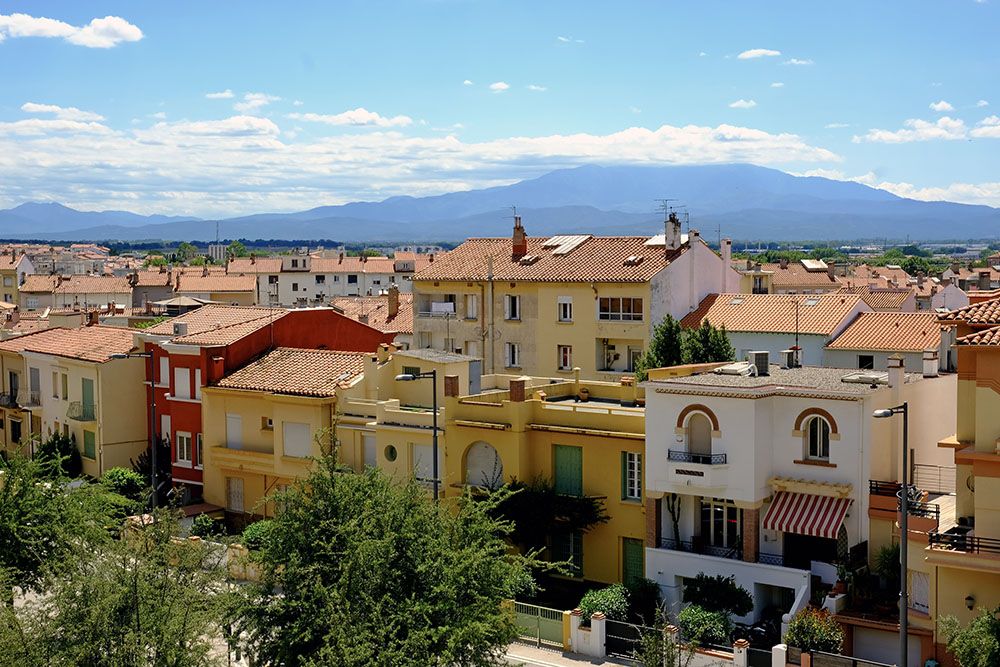
The Festival of Saint John in Perpignan
We arrive in Perpignan on 23 June, a special day as preparations for the Saint John’s Festival are in full swing. It is a Catalan tradition to celebrate the festival of light on the evening before the birth of John the Baptist (Saint John). This is done by lighting a large fire and enjoying various festivities.
In Perpignan stands the Cathedral of Saint John the Baptist, or as we say in the Netherlands, ‘Johannes de Doper’. More about the cathedral later. The underlying story of this saint is that his birth is believed to have occurred six months before that of Jesus, making 24 June a logical reference to this feast day.
From Perpignan, a fire is lit on the highest mountain in the vicinity, Mont Canigou. For the Catalans, this is a sacred mountain. If the clouds permit, you can enjoy a beautiful view of the summit from the city.
The Catalan yellow and red colours are visible throughout the city. Collages of flowers are created, and stages are set up to celebrate the Saint John Festival with music. This creates a unique atmosphere, blending French culture with Spanish traditions.
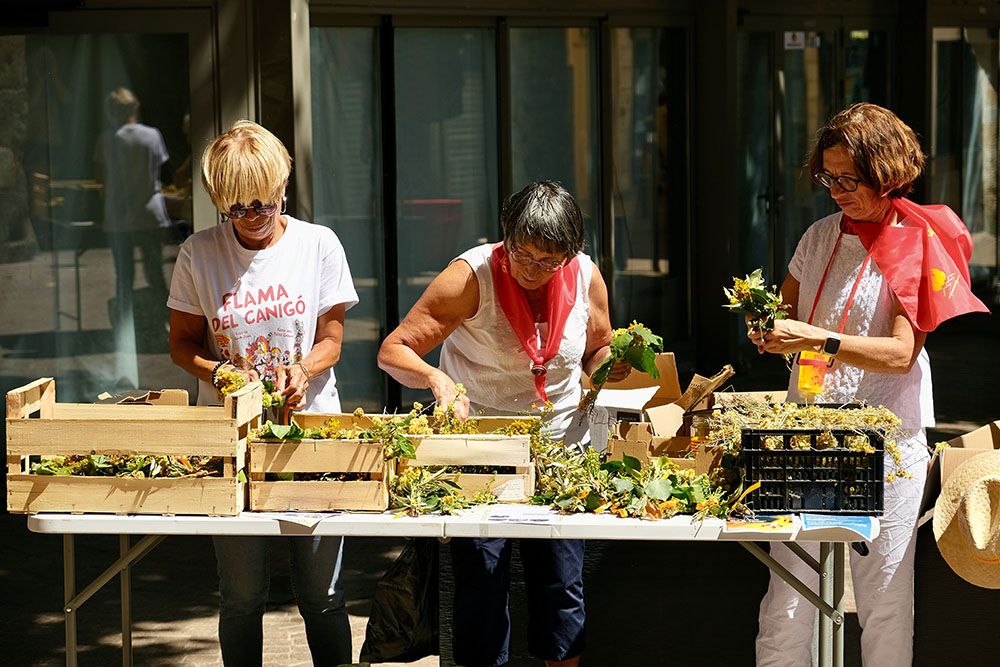
The most interesting sights in Perpignan
The Basse river runs through the city centre. This canalised river flows into a larger river, La Têt. The banks of the Basse resemble the wharves in Utrecht, but they have been designed as a beautiful green strip. Colourful butterfly figures have been hung above the river, giving the city a green and friendly appearance.
We’ll guide you through the city’s highlights that stand out to us:
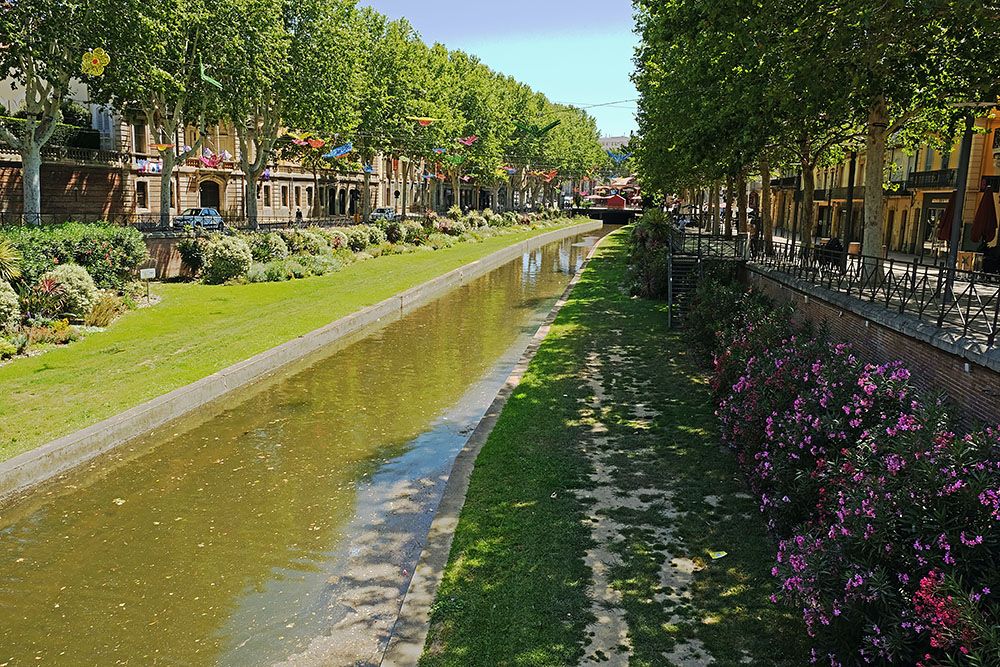
Le Castillet: Gateway to the city
We begin our exploration of the centre at this imposing gateway. Besides serving as an entrance, this 14th-century building has had many other functions, including that of a prison. Passing through the gate, you enter the first attractive streets of the centre. You will arrive at a crossroads with the historic ‘Hôtel de Ville’.
Here, you can take a look at the beautiful wedding hall. In the courtyard of this building, you will find a famous sculpture by Maillot: ‘La Méditerranée’. If you continue straight at the crossroads, you will reach the charming Place de la République, a lovely square to enjoy a drink and take in the beautiful buildings and relaxed atmosphere. After that, you can continue on to the next sight.
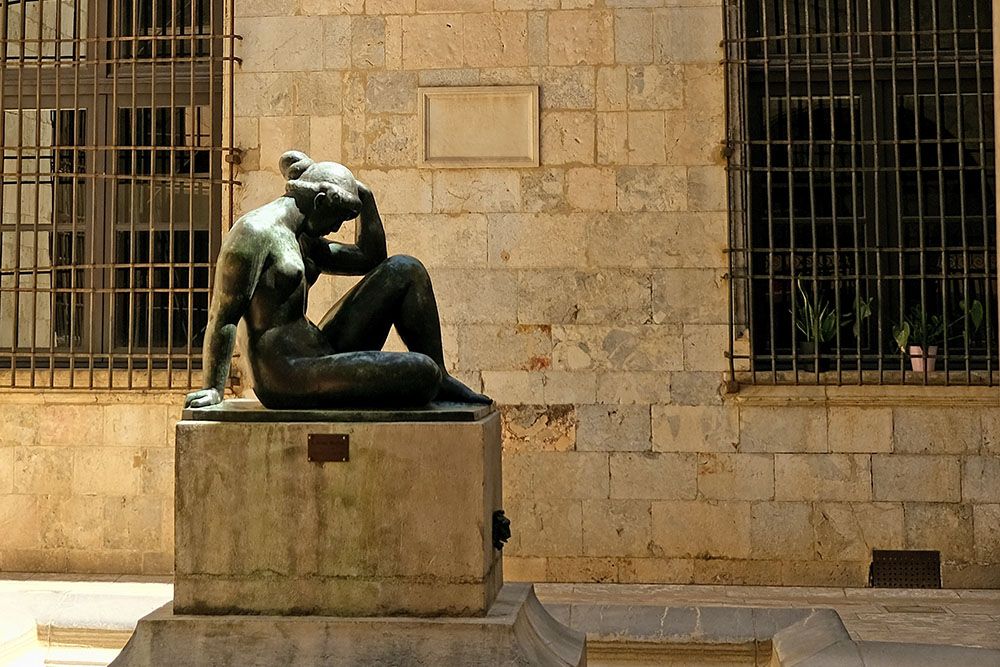
The Cathedral of Saint John the Baptist
In this freely accessible place of worship (1324), it is noticeable that it is quite dark inside. This allows the beautifully painted windows to stand out. This church, built in Gothic-Catalan style, does not have an extravagant interior. The building is impressive due to its height and the arrangement of the various niches. We see a portal in the church that refers to the original church from the 11th century that once stood here. There is also a beautiful tomb of the King of Mallorca.
Next to the church, we find a smaller chapel with a gate that leads to a large open space. The area is set up as an open-air theatre. It is an old cemetery, creating a unique repurposing of a place where people once found their final resting place. Unusual, but indeed a remarkably beautiful spot.
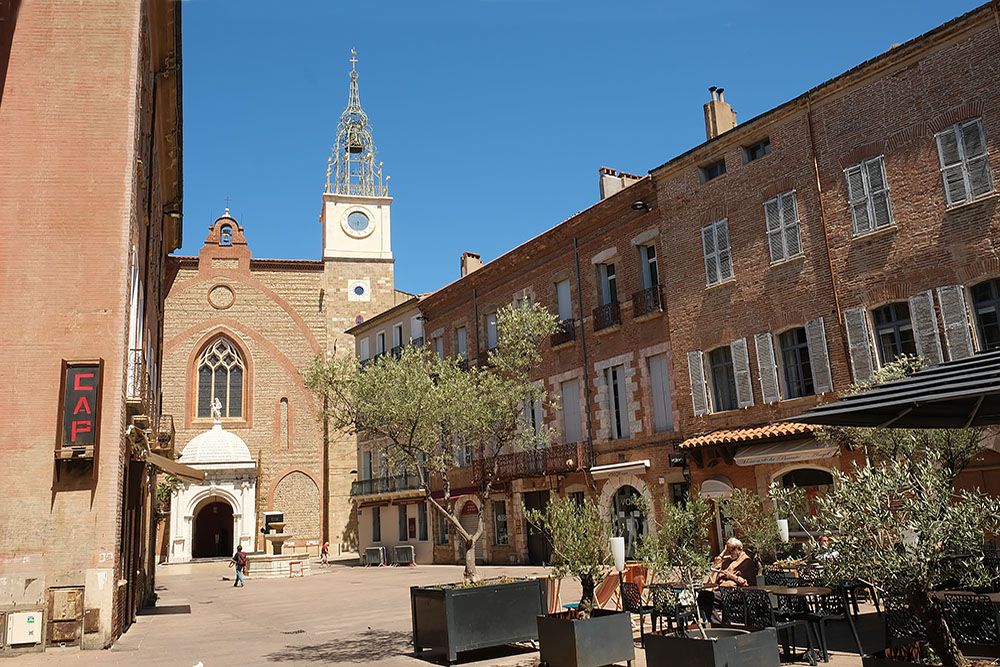
Hôtel Pams: An industrial surprise in the Old Town
In the ‘Rue Emile Zola’, we find a beautiful Art Deco house from the 19th century. Upon entering, we are immediately impressed by the elegant decor of ‘Hôtel Pams‘. It was built by Pierre Bardou, funded by the proceeds from cigarette paper. This building also housed the production of cigarette paper at one time. Although the name suggests a hotel, it is actually a townhouse.
The son-in-law of Pierre Bardou, Jules Pams, later enhanced the house. His name became the basis for the brand name of the cigarette paper. By placing the letter O between the initials of Jules Pams, the brand name JOB was created. References to the industrial history can be found throughout the building. Be sure to visit the courtyard, a lovely and tranquil spot where you can truly absorb the history.
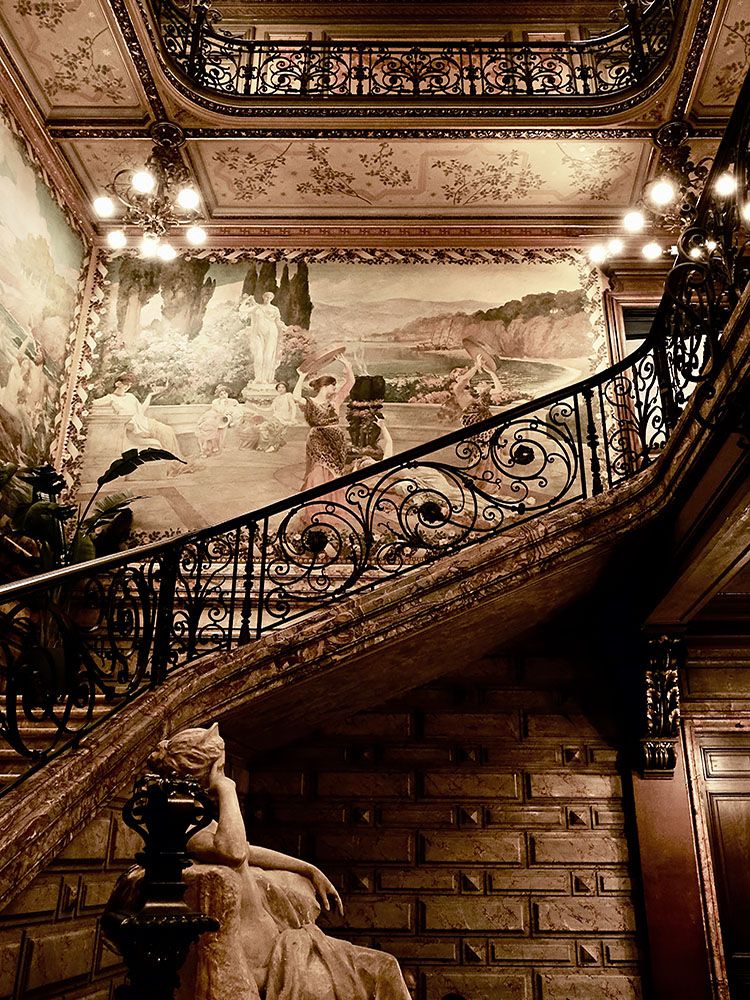
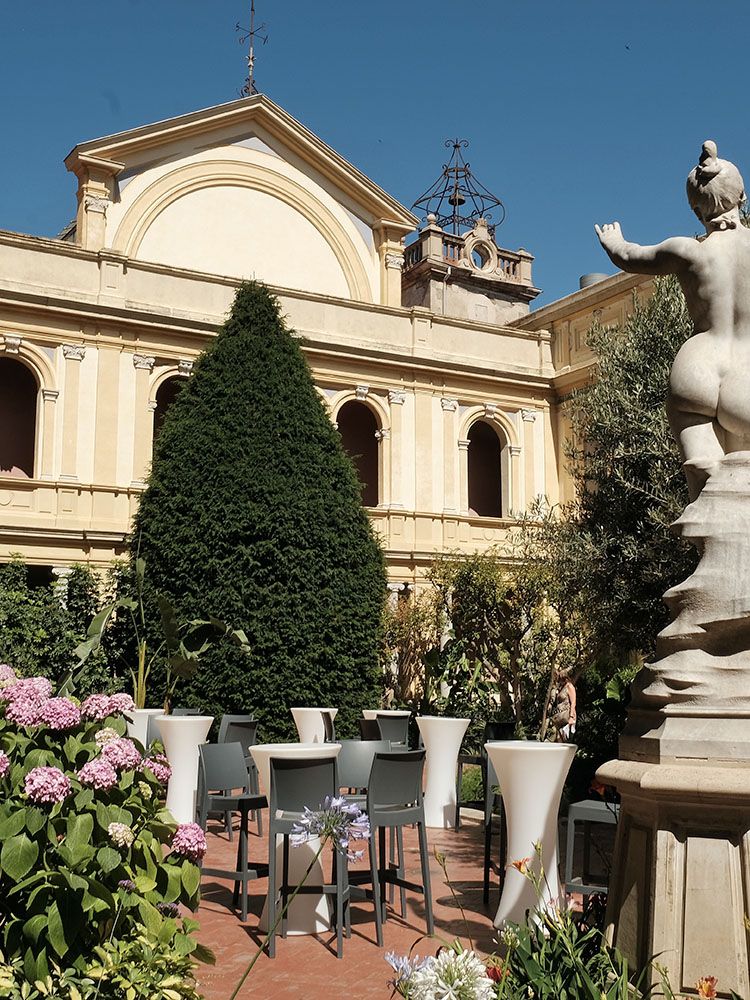
The Hyacinthe Rigaud Museum
You might not immediately think of diving into a museum when the outside temperature is summery. However, it can be a refreshing and interesting change to explore the history of the city of Perpignan. The modern museum provides an overview from the 15th to the 20th century. You will, of course, see works by the painter Rigaud, a famous artist who painted numerous portraits for the halls of the Palace of Versailles on commission from Louis XIV.
The museum also features works by Pablo Picasso, who visited Perpignan several times. We particularly enjoy the photos of his visit to Perpignan now that we are in this place ourselves. Additionally, the work of Jean Lurçat makes a strong impression on us, with an extensive exhibition of his work.
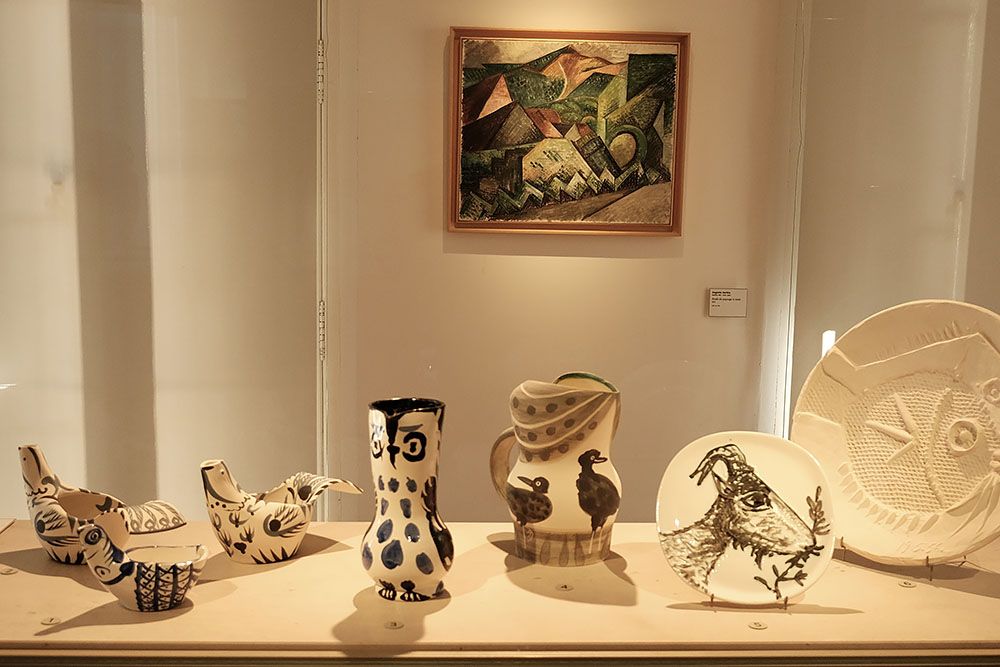
The Palace of the King of Mallorca in Perpignan
The final sight worth visiting in Perpignan is the imposing castle on the edge of the old town. From the Castillet gate, it takes about half an hour to walk to the palace. We have been warned by the tourist office: ‘You never know in advance if it’s open, as there are regular events.’
After a day in the city centre, we have decided to see the palace as the grand finale of our visit. We mainly want to see the building and the view from the wall above the town. The visit begins with a walk up the sloping paths. Upon reaching the top, we discover the entrance control. You need to buy tickets only if you want to enter the palace. We enjoy the view over the city and the sight of the impressive building from the late 1200s. It also served as accommodation for soldiers and for Jacques II, King of Mallorca. It is undoubtedly magnificent to behold, and the location is stunning, perched above the city.
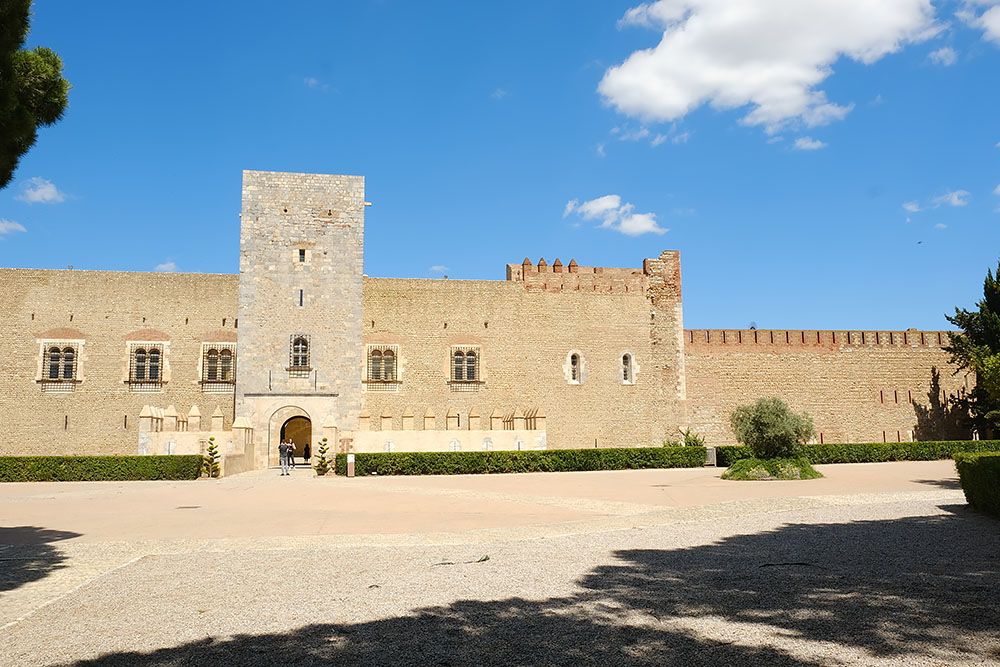
Perpignan: More than the capital of French Catalonia
If you want to look beyond the city of Perpignan, the surrounding area has much to offer. Outside the centre, you will find vineyards and old wine estates that can now be booked as Chambre d’Hôtes or hotels. You can stay just a short distance from the city, amidst the southernmost Roussillon wines. It is a peaceful area where you can cycle through the fields on winding asphalt roads. Of course, it is also tempting to cycle towards the sea; Saint Cyprien is the nearest seaside resort.
The city also serves as an excellent base for visiting the Pyrenees. Mount Canigou is located in a beautiful hiking area, but the trek to the summit requires good fitness. From this peak, you can see both Perpignan and Barcelona, which is a lovely experience. For another hiking suggestion in the Pyrenees, read the blog about our walk at Lac de Bouillouses.
For a varied road trip visiting the most beautiful coastal towns in this region, you can find an example in the blog about our journey through French Catalonia. In a week, you can explore both the Pyrenees and the most delightful seaside resorts in the area.
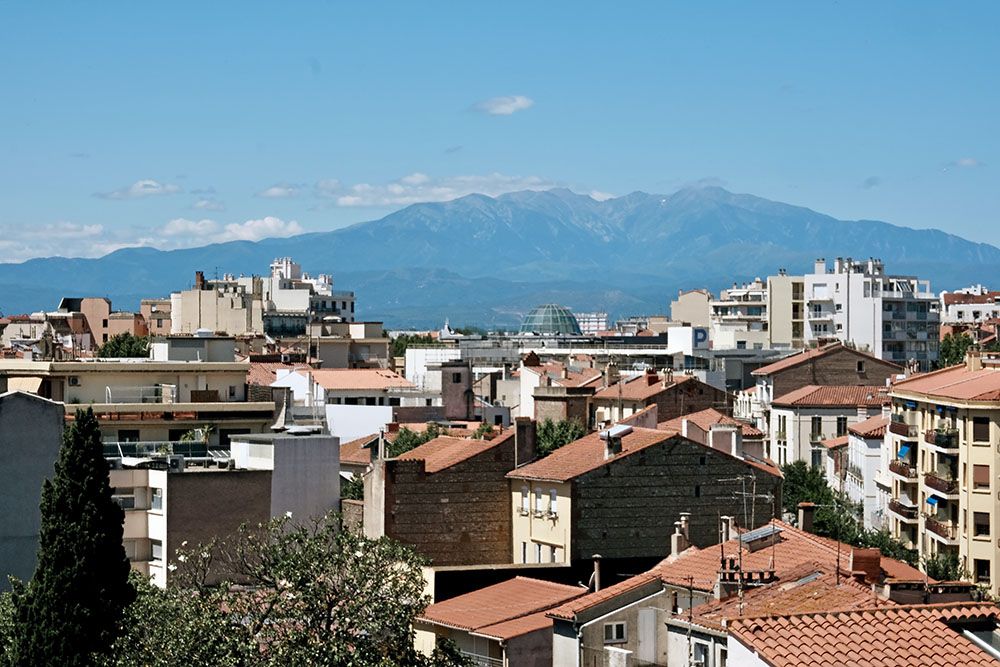
Practical tips for visiting Perpignan
Perpignan is located in the south of France, 12 kilometres from the Mediterranean coast and about half an hour’s drive to the Spanish border.
Many holidaymakers heading to Spain pass through Perpignan on their way to Barcelona by car. The city is also accessible by plane (direct flights from England and Ireland) or by train (Eurostar and TGV).
The old town is easily walkable, and there are plenty of parking garages around the centre. A so-called ‘petit train’ runs through the centre, taking you to the main sights of the city.
The main attractions are:
- Le Castillet or the entrance gate (Place de la Victoire)
- The Cathédrale Saint Jean Baptiste (Place Léon Gambetta)
- Hôtel Pams (Rue Emile Zola 18)
- Hyacinthe Rigaud Museum (Rue Mailly 18)
- Palais des Rois de Majorque (Place Docteur René Puig)
A visit to the beautiful Casa Xanxo and the natural history museum is also definitely worthwhile.
We stayed five kilometres outside the centre at Chambre d'Hôtes Le Mas Palegry. This quiet chambre d’hôtes was originally a wine estate. There are large, spacious style rooms with good facilities and fresh bread from a good baker in the morning. From this location, it is easy to take cycling trips through the surrounding vineyards.
Other accommodations in Perpignan.

We dined at the following restaurants:
- Chez Sebastian: a pleasant restaurant in the middle of the city where you can eat both indoors and outdoors.
- Casa Sansa: a good restaurant in the centre, where you can enjoy excellent evening meals in a charming street.
Other good restaurants in Perpignan.
More information about Perpignan can be found on the website of the Perpignan tourist office.
We visited the city of Perpignan at the invitation of the Perpignan tourist office. The content of this blog has been compiled independently and objectively based on our own impressions.



